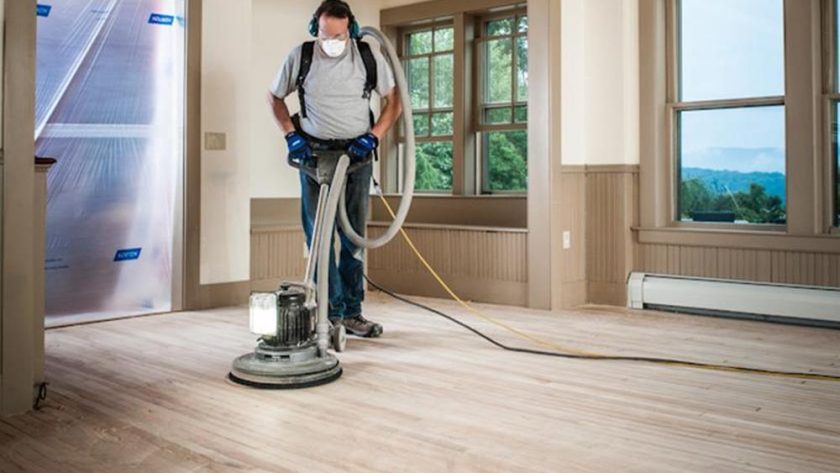Floor sanding is a process of removing the upper layer of a wooden floor using a specialized sanding machine. It’s typically done to restore the floor’s smoothness and give it a fresh new look. Sanding the floor involves using sandpaper of different grits that progressively smoothen the surface. It’s often followed by staining and sealing to protect the floor from damage and enhance its aesthetic appeal. The floor sanding process is time-consuming and requires proper equipment and expertise to achieve the desired results.
Floor sanding is an excellent way to restore the smoothness and aesthetic appeal of your wooden floor. It’s a complex process that requires proper equipment and expertise to achieve the desired results. Sanding the floor comes with numerous benefits, including increasing property value, improving indoor air quality, and preventing damage. If you’re considering floor sanding, it’s essential to hire a professional who has experience in the process to achieve the best results.
The considerable Benefits of Floor Sanding
- Restores the Floor’s Smoothness – Over time, wooden floors become rough and uneven due to foot traffic and other factors. Sanding the floor removes the upper layer, revealing a smooth surface that looks brand new.
- Enhances Aesthetic Appeal – Floor sanding is an excellent way to give your floor a fresh new look. It allows you to change the color and finish of your floor, which can completely transform the look of your home.
- Increases Property Value – A well-maintained floor can significantly increase your property value. Floor sanding can give your home a modern and appealing look that will attract potential buyers.
- Prevents Damage – Sanding the floor removes scratches, dents, and other imperfections that can lead to further damage if left untreated. Sealing the floor after sanding helps protect it from future damage.
- Improves Indoor Air Quality – Over time, dust and debris can accumulate in the nooks and crannies of a wooden floor, affecting indoor air quality. Sanding the floor removes the dirt, dust, and other allergens that can cause respiratory problems and allergies.
The Floor Sanding Process for proper setting
The floor sanding process is complex and requires proper equipment and expertise to achieve the desired results. Here are the steps involved in the floor sanding process:
- Preparation – The first step in the floor sanding process is to prepare the room. All furniture and other items should be removed from the room. Doors and windows should be closed to prevent dust from spreading to other areas of the house.
- Sanding – The next step is sanding the floor using a specialized sanding machine. The machine sands the floor in stages, starting with coarse sandpaper and progressing to finer grits. The process removes the upper layer of the floor and reveals a smooth surface.
- Staining – After sanding, the floor can be stained to give it a new color or enhance its natural color. Staining is optional, and homeowners can choose to leave the floor in its natural state if they prefer.
- Sealing – The final step is sealing the floor with a protective coating. The sealant protects the floor from damage and enhances its aesthetic appeal. It’s essential to allow the sealant to dry completely before using the floor.





